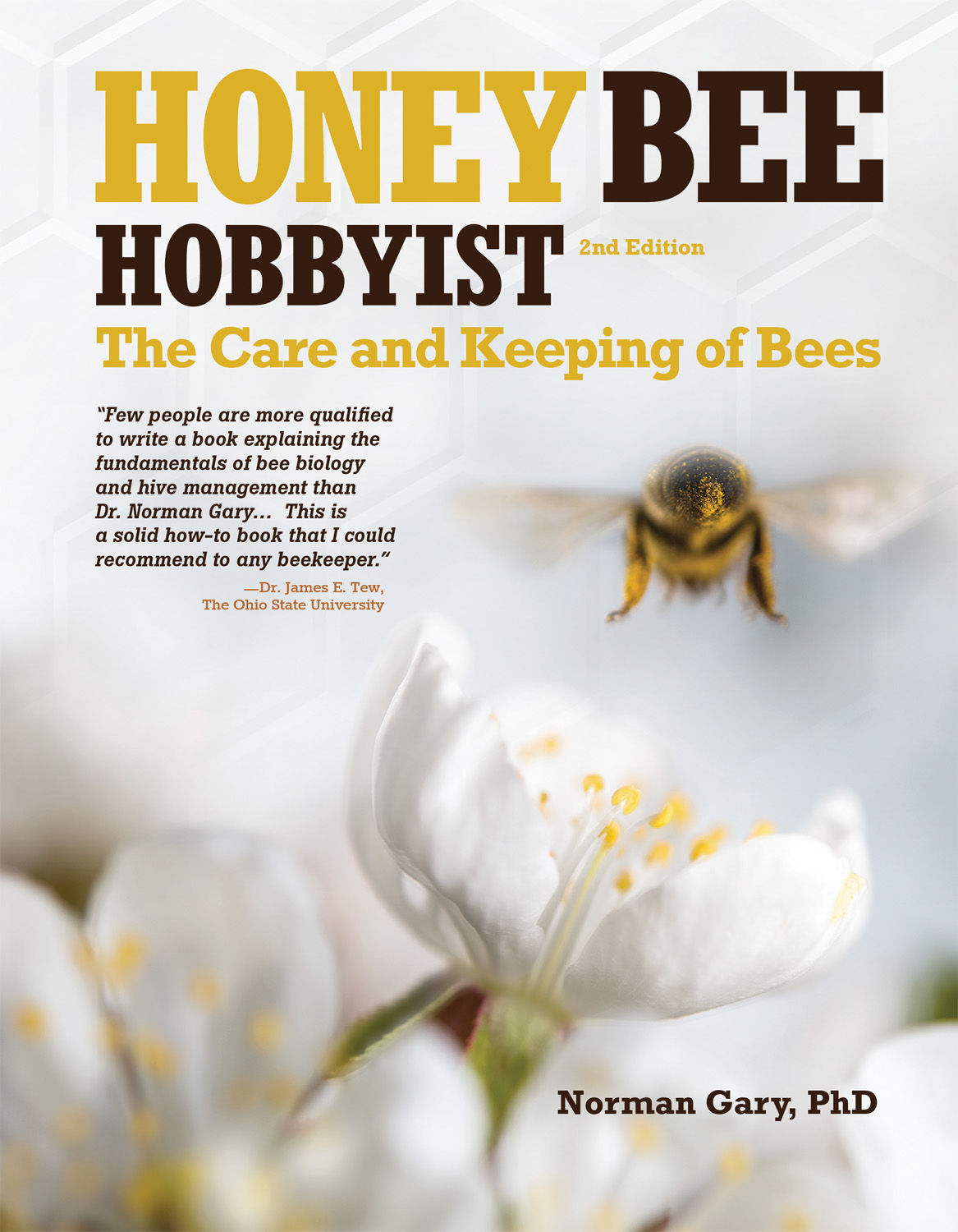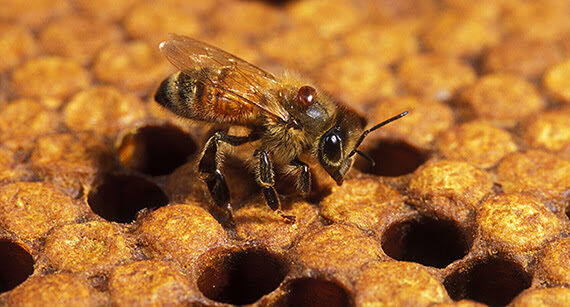Honey bees can be a rewarding hobby but Norman Gary, author of “Honey Bee Hobbyist,” asks that you do one thing before you jump in. Visit an allergist to be certain you aren’t allergic to bee stings. Proper handling of bees will lessen your chances of getting stung, but, inevitably, it will happen. Once you know you are not allergic to bee stings, your next step should be to purchase this book.
The second edition of “Honey Bee Hobbyist” offers a broad spectrum of honey bee information in a colorful and easy-to-read format. Sharing details of the physical attributes of bees, how to start your own colony and even how to entertain with bees, Gary gives readers a reference that is as informative as it is enjoyable. The first edition was published in 2011 and the most recent version offers guidance through changing beekeeping technology and products.
Gary earned his doctoral degree in apiculture, or beekeeping, from Cornell University, and kept bees for 69 years. It is safe to say he knows the topic. With so much experience, Gary could have easily overwhelmed a novice but managed to keep the tone of this book conversational and light. Prospective beekeepers will have the tools they need to get started and are even encouraged by Gary to attend continuing education courses and visit with other beekeepers to learn more.
One major deterrent to taking up beekeeping as a hobby is the dreaded sting. Gary has dedicated an entire chapter to what prompts a honey bee to sting. Bees that are away from their hives will not sting unless they feel attacked. An attack includes being stepped on or swatted by a hand. Gary also talks about how to minimize your body’s reaction to the sting. His advice is to act quickly once the sting occurs and immediately scrape out the stinger with your fingernail. This will reduce the amount of venom released. This is all in an effort to reduce the stigma and help people be more open to beekeeping.
Educational opportunities abound for beekeepers, Gary notes. Schools and clubs welcome beekeepers and their wealth of information. Clear-sided observation hives can give attendees a nose-to-nose view of bee activity without the fear of being stung.
Honey bees accomplish amazing feats on a daily basis. Gary discusses the genetic code ingrained in each bee that facilitates these achievements. Bee antennae are capable of measuring honeycomb to the thousandth of an inch. Their wings beat around 230 times per second, creating the typical buzzing sound associated with them. They perform intricate “dancing” patterns to alert others to the location of food sources.
Honey bees are essential to world-wide agriculture and produce far more than just the honey you put on your biscuit. When you discover the scope of information Gary covers in this book, you will marvel that he made it all fit on 224 pages.
Jennifer Theurer can be reached at [email protected].



